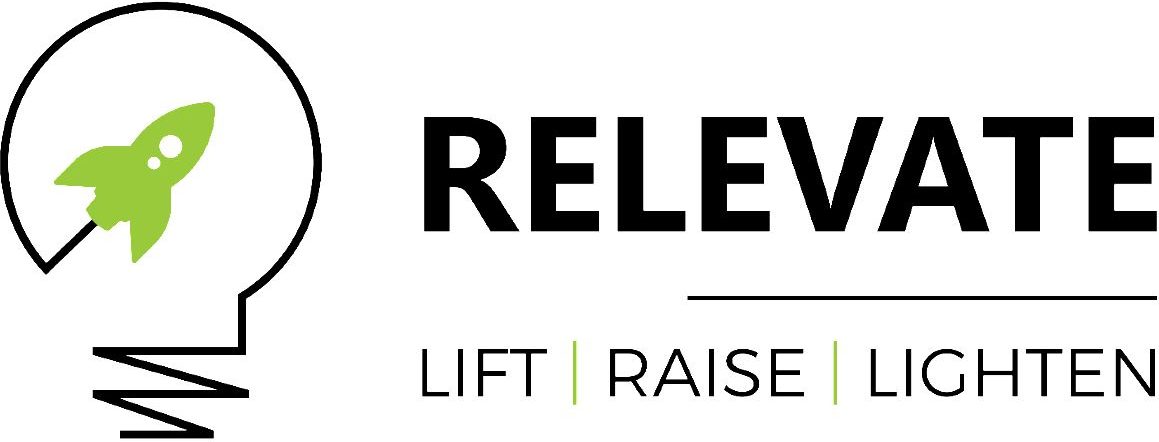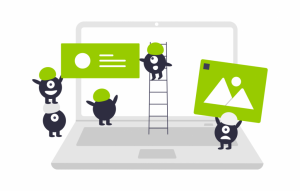Sales representatives must master the delicate art of creating the initial contact with a potential customer in order to do their jobs effectively. Never underestimate the significance of the initial impression; it’s never too late to make a good impression on a prospective consumer.
For the initial contact, the method of outreach sales people utilise has a major impact on the response rate. Consider your prospect’s needs and preferences before making a decision on whether to contact or email a new lead.
Email Versus-Phone Call
In terms of prospecting, cold emails and cold calls are equally successful. In terms of volume and ease of use vs. directness, there is a significant discrepancy between the two approaches. When it comes to obtaining direct replies, cold calls are more efficient and less time-consuming than cold emails.
Cold calls and cold emails have a lot in common, but here are some critical distinctions to keep in mind.
Cold calls have the potential to be more personal than other forms of communication.
A human touch might be added to a cold email by way of a cold call. It allows you to deal with a “no” from a potential customer straight immediately. This flexibility makes cold calls more dynamic than cold emails.
Calling potential customers out of the blue might be intrusive.
However, there are drawbacks to relying on cold calls. Cold calls are obtrusive by design. A lot of people don’t like it when you use one to get in touch with them on a regular basis.
Additionally, you may get irritated and angry if the call isn’t going as planned. They’re also more costly and less effective than sales emails. The image of your firm may take a blow if you’re continuously bombarding potential customers with intrusive cold calls.
1. It Is Simpler to Grow Cold Email Campaigns
Using cold emails for prospecting requires a different strategy. Because they are less expensive and more efficient, they can be used on a larger scale. You may send numerous cold emails in the time it takes to make a single cold call.
If you’re sending a cold email, consider include graphics and infographics to help illustrate points that may be more difficult to explain over the phone.
Sending and Tracking Cold Emails Is a Lot Simpler
It’s more courteous to say “no” to an email than to say, “no” over the phone, since it’s less invasive. That may not seem like much, but it may have a long-term impact on morale. In addition to being able to be distributed and monitored more easily, they can also be automated, tracked, and sent.
Prospects Find It Simpler to Disregard Emails
Cold emails have the greatest danger of being ignored. Every day, potential customers are bombarded with a slew of cold emails. The field is crowded and competitive. In many circumstances, cold emails are blocked, ignored, or even deleted entirely. You never know when a person may respond to a story that is captivating enough.
Cold outreach necessitates that all communications with a prospect, whether by phone or email, be handled with care. Do your due diligence and be aware of any limits that new contacts may have set for themselves before deciding whether or not to accept your offer.
All of this raises the question: Do you prefer to communicate by phone or email? Consider the following variables when considering whether or not to contact a potential customer through phone or email.
The Difference Between Emailing and Making a Phone call
Time of Day and Weekday
Before anything else, check the date and time on a calendar and a clock. As the day continues and the week progresses, phone connect rates increase. Late in the day and early in the week, people are more likely to respond to their phones.
However, I like to make my calls between 3 p.m. and 6 p.m. of the prospect’s local time. On Thursdays and Fridays, I set up huge amounts of time for cold calling.
Is it possible to reach a potential customer in these timeframes? Leave a message if you need to contact us. People are more likely to return voicemails later in the day since they are checking their phones for messages before going home for the evening. When you call late, it’s a win-win.
In contrast, email should be sent more often, but at a shorter interval of time. Connect emails are sent either 10 minutes before the hour or 10 minutes after the hour, depending on the time of day.
People leave or enter meetings during these short periods. I wonder what they do when they have a few minutes to spare. They use their cellphones to check their mails. Emails sent during times when recipients are most likely to check their inboxes, such as just before or right after a sale, will appear at the top of the list.
The Request
What are you hoping to accomplish with your first outreach? Why don’t we get together? Is there anything more I can do? Got a recommendation? To decide whether you should phone or email, you need to figure out your ask and categorise it as “weak” or “strong.”
The prospect must agree to do something in order for a strong ask to be successful. A forceful close would be a request for a meeting, conference call, or product trial. Weak requests are those that only ask for the buyer’s feedback or a recommendation.
You may easily select between a phone call or an email if you know you’re close and have figured out whether the relationship is strong or weak. Pick up the phone if you’re making a solid closing argument. To achieve a “”yes,”” salespeople need to use their closing abilities since these requests demand more from the prospect. Persuasion is much simpler over the phone, when a representative may address and smooth over concerns in real time.
Draft an email even if the request is small. Don’t waste the prospect’s time on the phone if all you need is a few brief lines of text to accomplish your goal.
When it comes to selling, it’s noteworthy to note that the majority of salespeople prefer to enquire for appointments by email and ask basic inquiries via phone. Why? Because they’re terrified of getting rejected if they make a bold phone request.
Don’t allow fear stop you from making contact with a potential buyer. Watch your response rates soar if you reverse this equation.
2. The Prospect’s Level of Interest
How many helpers do individual contributors have? No, not typically. Is this the case with CEOs? Almost always.
So, if you contact a prospect at the top of the company’s hierarchy, you have a better chance of getting through to someone. You should call buyers at the management level or above, regardless of whether they’re the person you were trying to contact, since a real discussion with anybody is better than an email exchange. Higher-level prospects, on the other hand, tend to be more confident on the phone and less fearful of being sold to.
No one else is going to answer the phone if individual donors don’t pick up, and they’re unlikely to return a call from an unfamiliar number. Because of this, lower-level workers are often away from their work stations: They may be on the road or in a group or at a conference and so on. To communicate with someone at this level, a sales professional will be more likely to use an asynchronous channel, such as email.
The Buyer Persona
In certain cases, buyer personas choose to communicate in a particular way. Multiple variables influence their choice: What they’re doing, how old they are, what kind of work they have, what kind of business they’re in, etc.
In general, millennials prefer email communication than phone calls. Consider this if you’re trying to reach out to a younger audience.
Customer service representatives may be more willing to converse on the phone since that is what they are accustomed to doing. Internal employees, on the other hand, may be more at ease with emailing.
Finally, Phone Calls Are Commonplace in More Conventional Businesses
Momentum for the deal is picking up
Is the pace of events picking up? If so, you’re in good company. Are you sure they’re willing and able to finish the deal? An email to follow up on a job or request isn’t going to hold up your sale.
If, on the other hand, your potential customer is unresponsive, undecided, or dealing with several layers of bureaucracy, it could be quicker and simpler to call them. They will be able to provide a response right away if they pick up the phone. Don’t hesitate to contact them by email after you left a message on their voicemail.
When making a decision to cold call or send an email, you should consider qualitative clues such as body language and tone.
Statistical Comparison of Cold Calling vs Emailing
In comparison to automated cold emails, 31 percent of sales representatives prefer sending customised manual emails to prospects.
While making a cold call, you have between five and ten minutes to persuade a potential customer.
Discussions about ROI, according to Gong, diminish cold email replies by 15%.
During the final hour of the workday on Wednesdays and Thursdays, the optimal time to make cold calls is between 11 a.m. and noon (between 4 and 5 p.m.).
Emails sent in the late morning and late afternoon had higher open and click-through rates than those sent earlier in the day.
Using a CTA to gauge the prospect’s interest in a meeting is more effective than using a CTA to set up an appointment.
If a new contact is to be met or conversed with, it takes an average of 5 efforts by top-performing representatives and 8 attempts by others.
It may take up to six calls to convert a new client, and increasing the number of calls can raise the conversion rate by a whopping 70 percent.
Only 48% of salespeople follow up with a cold call.
The usual response rate to a cold email is barely 1%.
Only 24% of recipients open cold email solicitations.
Tools for Cold Outreach
There are both advantages and disadvantages to making cold calls and sending emails. It all boils down to what works best for you and your potential customers.
Check out these tools to help you with your cold outreach efforts, whether you prefer phone calls, emails, or a combination of both.
Tracking Emails using Relevate Software
Free email monitoring tools Relevate offers will help you keep track of cold email campaigns. When a prospect opens or clicks on material in your email, you’ll be notified via this tool.
Using an email monitoring programme may help you determine the optimum moment to reach out to a potential customer, as well as provide you an overview of their email history with your firm.
3. Outreach.io
Image Credit
Using Outreach, you can manage all of your prospecting operations from an one platform. Outbound calls and emails may be made and sent quickly utilising tailored messaging in Outreach.
A collaborative platform, Outreach enables teams to exchange important data and use sales intelligence technologies for more effective outreach.
Salesloft Is Number Three
Image Credit
With SalesLoft, sales teams can make phone conversations and send messages all from the same platform. Cold calls may be made directly from the tools, and all calls are recorded and tracked for future coaching and training. The pre-recorded voicemail drop is a remarkable feature of SalesLoft – no more leaving the same message over and over again.
UpContent’s “Icebreaker”
Image Credit
When it comes to cold outreach, do you have any questions? UpContent’s Icebreaker tool may be able to assist. Using this platform, you’ll be able to engage with your contacts in a more meaningful way. Icebreaker conducts all the work for you and interacts with your CRM so you know exactly what material works best for your prospects.
Keeping in Touch
Your initial outreach might be as simple as sending an email or making a phone call if you use these criteria. It’s not only about the first time you interact with the brand.
There should be a lot of phone-based activity at the beginning and finish of every sales interaction in my view. Email should be the prefered method of communication between sales personnel.








